- Have any questions?
- 080 2558 0771
- 080 2558 0772
- mail@beleastmail.com
Itinerary:
Day 1&2 : Rome, sightseeing and attractions
Arrive in the bustling Italian capital, Rome.This city exudes history, from its Catacombs that entombed early Christians, to the Colosseum where gladiators battled to the death, and on up to Palatine Hill – the traditional site of Rome’s founding. Located near the centre of the Italian peninsula on the Tiber River, it is both the capital of the Latium region and the country as a whole. Nicknamed the Eternal City, it is also home to the Pope, whose residence, Vatican City, is a sovereign state within the city of Rome. The city is enthralling, with perhaps more to see than any other place in the world. Eating in Italy is deeply embedded in the country’s culture, and dining in Rome consists of many courses, and can sometimes seem to last forever! In addition to the many and legendary cultural attractions, the city offers a vibrant nightlife – a fitting final destination on our journey through the best of France and Italy.Enjoy a true taste of Italy with a traditional Roman meal.
Day 3 : Naples & Pompeii
Start your day in Naples at the beautiful hilltop Museo Capodimonte home to southern Italy’s best collection of Renaissance paintings, including masterpieces by Raphael, Titian, Caravaggio and El Greco. Steppingonto Piazza Garibaldi you will be bombarded with street stalls and wild traffic, and to the south, the Mercato quarter is a high-octane spectacle of rough-and-ready markets and multiculturalism. Visit the Mercato di Porta Nolana market, one of the city’s best. Or stroll through La Pignasecca market, the city’s oldest street market and a multisensory escapade. On to Pompeii – said to be Europe’s most compelling archaeological sites. A ruined city that was buried under volcanic ash thousands f years ago in AD 79, and has been beautifully restored from the 18th century, with works still going on today.
Day 4&5 : Capri, sightseeing and attractions
Head off to the fabled island of Capri that is now home to cocktail piazzas, cool cafes, Roman ruins and rugged seascapes. Much of the island retains an unspoilt charm, with grand villas, overgrown vegetable plots, sun-bleached peeling stucco and banks of colourful bougainvillea. Take to the deep blue waters surrounding the island today that lap unseen into secluded coves and mysterious grottoes. Be rowed to the Blue Grotto – Grotta Azzura – a stunning sea cave that is illuminated by another-worldly blue light. East of the town centre and a short work along the Via Tiberio is Villa Jovis. Standing 354 m above sea level, this was the largest and most sumptuous of the island’s 12 Roman villas.
Day 6&7 : Amalfi coast
The Amalfi coast is one of Europe’s most breathtaking. Cliffs terraced with scented lemon groves sheer down into sparkling seas, and whitewashed villas cling precariously to steep slopes, while sea and sky merge in one vast blue horizon. Positano is the coast’s most photogenic town with steeply-stacked houses tumbling down to the sea in a cascade of bright colours. Climb the steep streets and steps that are lined with wisteria, and have lunch at one of the many smart restaurants along the way. Visit Ravello – an enchanting village perched on a ridge high above Amalfi and the neighbouring town of Atrani. Stop overnight atone of the family-run small hotels that boast coved ceilings, whitewashed walls, and native folk art. Not so well known as Pompeii is the site of Herculaneum.The ruins here are very well preserved. See Roman baths and fabulous mosaics,and marvel at the House of Nepture and the Villa of the Papyri that once luxuriously descended to the sea over four terraces. The library of the villa contained many scrolls. If you are feeling fit, make time to climb Vesuvius. Oryou can take a bus from the Herculaneum station to the stopping point where you walk the rest of the way to the rim of the volcano. Peer down in to the still active volcano, and imagine what it must have been like all those many years ago when eruption took place.
Day 8&9 : Sicily – Taormina – sightseeing & visit to Mount Etna
Spectacularly perched on the side of a mountain, Taormina is Sicily’s most popular summer destination, a chic resort town that is loved by holidaymakers and celebrities. This is a beautiful destination with gorgeous medieval churches, a stunning Greek theatre, and sweeping views over the Gulf of Naxos and Mount Etna. Wander along the pedestrian-friendly medieval main avenue lined with antique and jewellery shops, delis, and designer bouiques. Take a tour to majestic Mount Etna. Considered by the ancient Greeks to be the realm of Vulcan, the Italian god of fire, this ever-changing mountain rises well over 6,500 feet. Pass through the town of Giarre before arriving at the Crateri Silvestri and take some photos of this strange lunar landscape.
Day 10 : Visit to Agrigento, Sicily
Visit the Valley of the Temples at Agrigento, a UNESCO-listed site and one of the most mesmerising sites in the Mediterranean. It boasts the best preserved Doric temples outside of Greece and is believed to have been founded in 581 BC. Visit the centre of Agrigento itself a lively, medieval old town with its Via Atenea, an attractive strip lined with smart shops, trattorias and bars. Wander the narrow alleyways that wind upwards off the main street, through tightly packed palazzi.
Day 11 : Visit to Syracuse, Sicily
Syracuse is a reflection of all that is beautiful about Sicily. Ancient Green ruins rise out of lush citrus orchards, and café tables spill on to dazzling baroque piazzas, and medieval lanes lead down to the sparkling blue sea. Syracuse was founded in 734 BC – wander Ortygia, Syracuse’s historic centre, with its magnificent Piazza del Duomo. Admire the stunning baroque centre of Noto, with its cathedral and manicured main street. Taste a unique take on chocolate in Modica and delight in the town’s beautiful lived-in baroque centre.
Day 12 : Depart
Itinerary:
Day 1&2 : Rome, sightseeing and attractions
Arrive in the bustling Italian capital, Rome.This city exudes history, from its Catacombs that entombed early Christians, to the Colosseum where gladiators battled to the death, and on up to Palatine Hill – the traditional site of Rome’s founding. Located near the centre of the Italian peninsula on the Tiber River, it is both the capital of the Latium region and the country as a whole. Nicknamed the Eternal City, it is also home to the Pope, whose residence, Vatican City, is a sovereign state within the city of Rome. The city is enthralling, with perhaps more to see than any other place in the world. Eating in Italy is deeply embedded in the country’s culture, and dining in Rome consists of many courses, and can sometimes seem to last forever! In addition to the many and legendary cultural attractions, the city offers a vibrant nightlife – a fitting final destination on our journey through the best of France and Italy.Enjoy a true taste of Italy with a traditional Roman meal.
Day 3 : Naples & Pompeii
Start your day in Naples at the beautiful hilltop Museo Capodimonte home to southern Italy’s best collection of Renaissance paintings, including masterpieces by Raphael, Titian, Caravaggio and El Greco. Steppingonto Piazza Garibaldi you will be bombarded with street stalls and wild traffic, and to the south, the Mercato quarter is a high-octane spectacle of rough-and-ready markets and multiculturalism. Visit the Mercato di Porta Nolana market, one of the city’s best. Or stroll through La Pignasecca market, the city’s oldest street market and a multisensory escapade. On to Pompeii – said to be Europe’s most compelling archaeological sites. A ruined city that was buried under volcanic ash thousands f years ago in AD 79, and has been beautifully restored from the 18th century, with works still going on today.
Day 4&5 : Capri, sightseeing and attractions
Head off to the fabled island of Capri that is now home to cocktail piazzas, cool cafes, Roman ruins and rugged seascapes. Much of the island retains an unspoilt charm, with grand villas, overgrown vegetable plots, sun-bleached peeling stucco and banks of colourful bougainvillea. Take to the deep blue waters surrounding the island today that lap unseen into secluded coves and mysterious grottoes. Be rowed to the Blue Grotto – Grotta Azzura – a stunning sea cave that is illuminated by another-worldly blue light. East of the town centre and a short work along the Via Tiberio is Villa Jovis. Standing 354 m above sea level, this was the largest and most sumptuous of the island’s 12 Roman villas.
Day 6&7 : Amalfi coast
The Amalfi coast is one of Europe’s most breathtaking. Cliffs terraced with scented lemon groves sheer down into sparkling seas, and whitewashed villas cling precariously to steep slopes, while sea and sky merge in one vast blue horizon. Positano is the coast’s most photogenic town with steeply-stacked houses tumbling down to the sea in a cascade of bright colours. Climb the steep streets and steps that are lined with wisteria, and have lunch at one of the many smart restaurants along the way. Visit Ravello – an enchanting village perched on a ridge high above Amalfi and the neighbouring town of Atrani. Stop overnight atone of the family-run small hotels that boast coved ceilings, whitewashed walls, and native folk art. Not so well known as Pompeii is the site of Herculaneum.The ruins here are very well preserved. See Roman baths and fabulous mosaics,and marvel at the House of Nepture and the Villa of the Papyri that once luxuriously descended to the sea over four terraces. The library of the villa contained many scrolls. If you are feeling fit, make time to climb Vesuvius. Oryou can take a bus from the Herculaneum station to the stopping point where you walk the rest of the way to the rim of the volcano. Peer down in to the still active volcano, and imagine what it must have been like all those many years ago when eruption took place.
Day 8&9 : Sicily – Taormina – sightseeing & visit to Mount Etna
Spectacularly perched on the side of a mountain, Taormina is Sicily’s most popular summer destination, a chic resort town that is loved by holidaymakers and celebrities. This is a beautiful destination with gorgeous medieval churches, a stunning Greek theatre, and sweeping views over the Gulf of Naxos and Mount Etna. Wander along the pedestrian-friendly medieval main avenue lined with antique and jewellery shops, delis, and designer bouiques. Take a tour to majestic Mount Etna. Considered by the ancient Greeks to be the realm of Vulcan, the Italian god of fire, this ever-changing mountain rises well over 6,500 feet. Pass through the town of Giarre before arriving at the Crateri Silvestri and take some photos of this strange lunar landscape.
Day 10 : Visit to Agrigento, Sicily
Visit the Valley of the Temples at Agrigento, a UNESCO-listed site and one of the most mesmerising sites in the Mediterranean. It boasts the best preserved Doric temples outside of Greece and is believed to have been founded in 581 BC. Visit the centre of Agrigento itself a lively, medieval old town with its Via Atenea, an attractive strip lined with smart shops, trattorias and bars. Wander the narrow alleyways that wind upwards off the main street, through tightly packed palazzi.
Day 11 : Visit to Syracuse, Sicily
Syracuse is a reflection of all that is beautiful about Sicily. Ancient Green ruins rise out of lush citrus orchards, and café tables spill on to dazzling baroque piazzas, and medieval lanes lead down to the sparkling blue sea. Syracuse was founded in 734 BC – wander Ortygia, Syracuse’s historic centre, with its magnificent Piazza del Duomo. Admire the stunning baroque centre of Noto, with its cathedral and manicured main street. Taste a unique take on chocolate in Modica and delight in the town’s beautiful lived-in baroque centre.
Day 12 : Depart




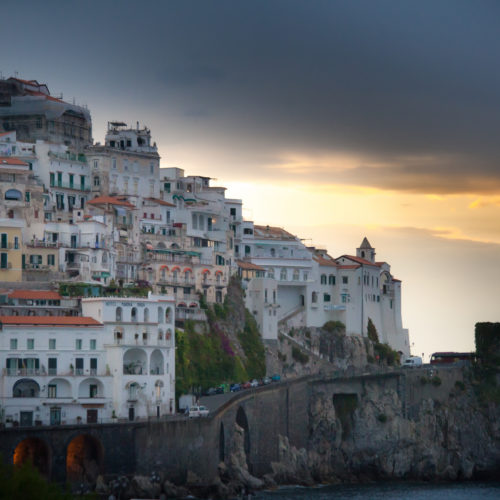

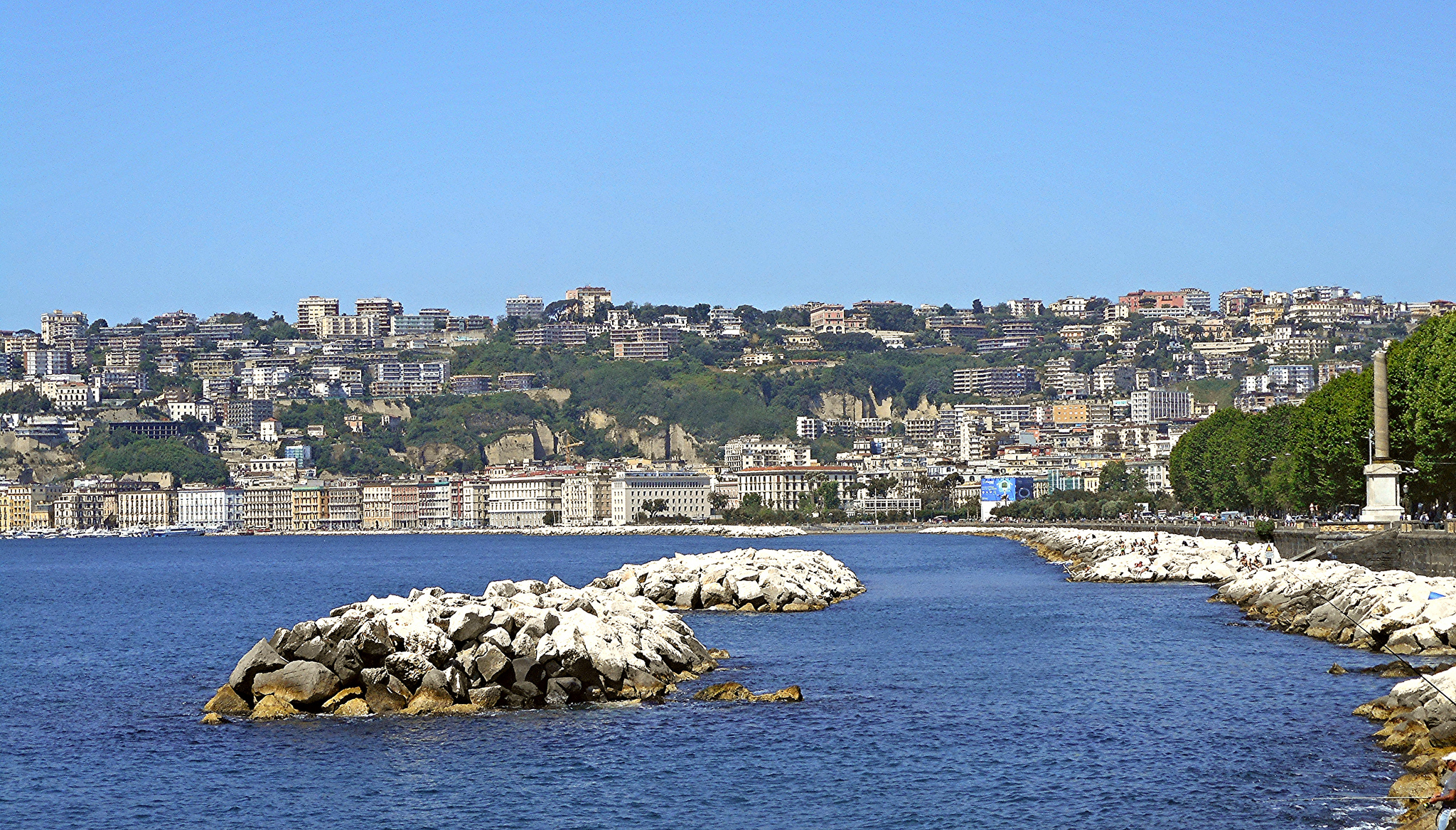
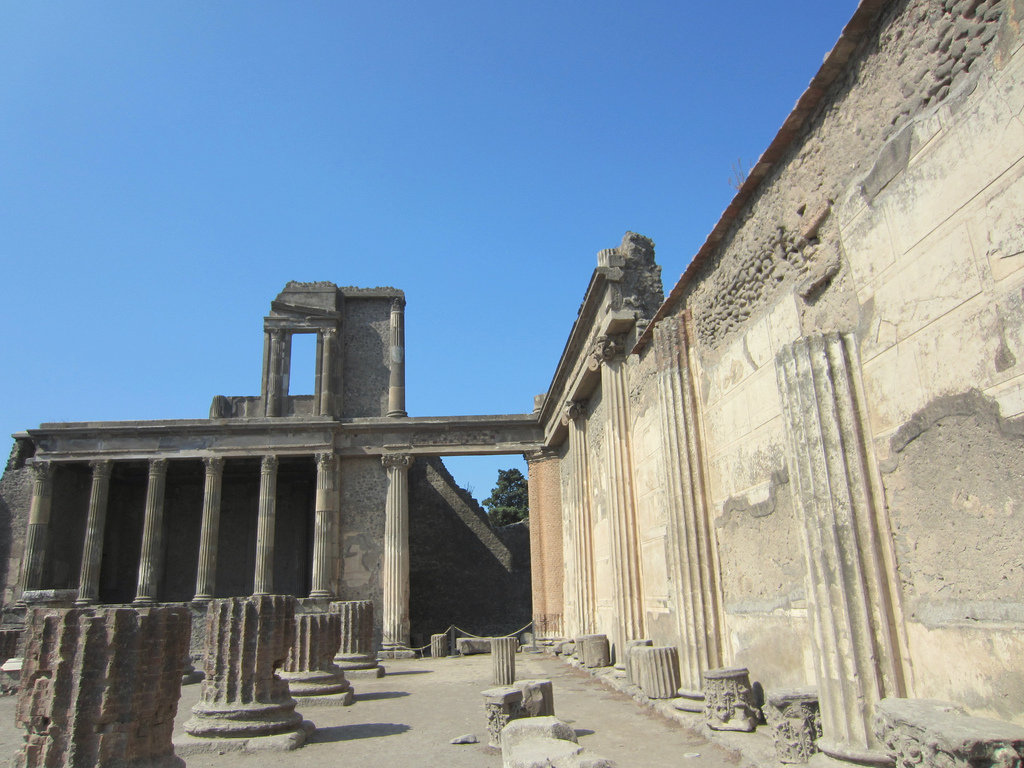
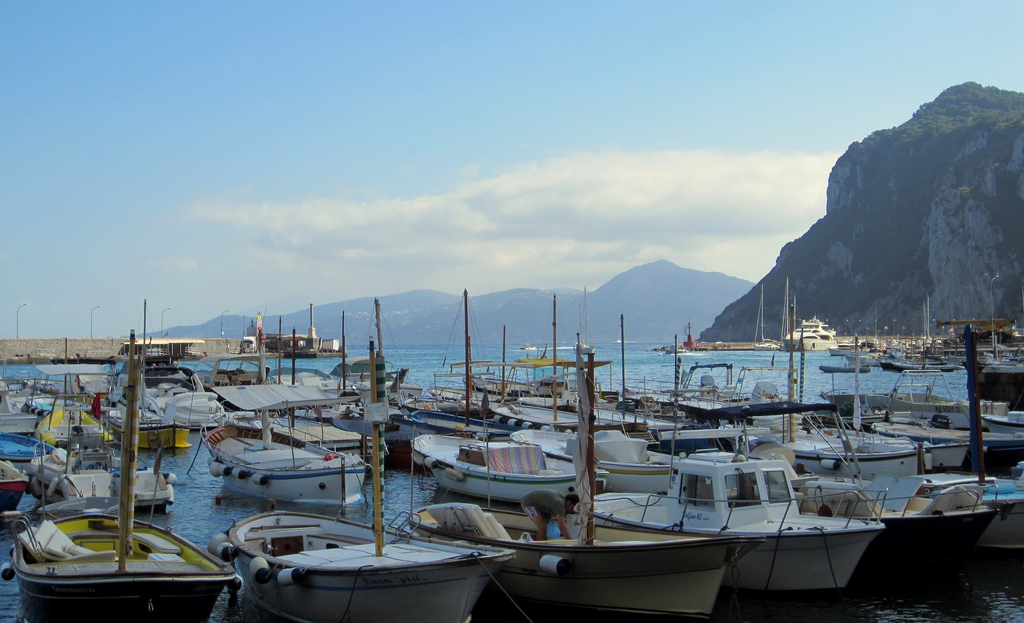
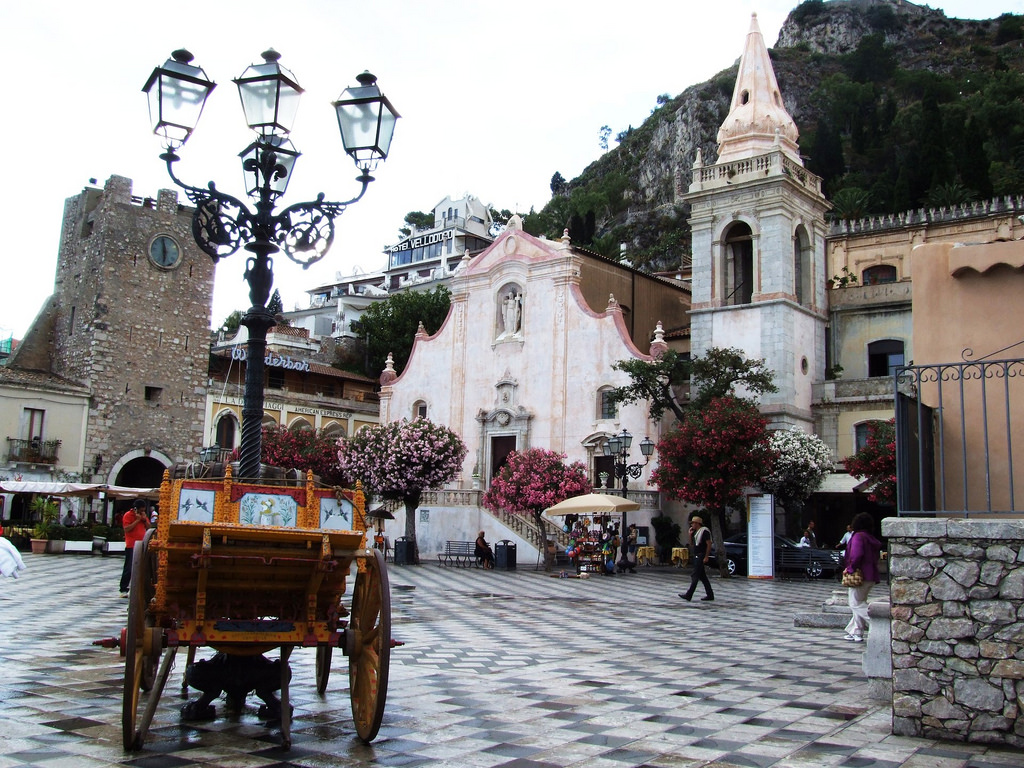
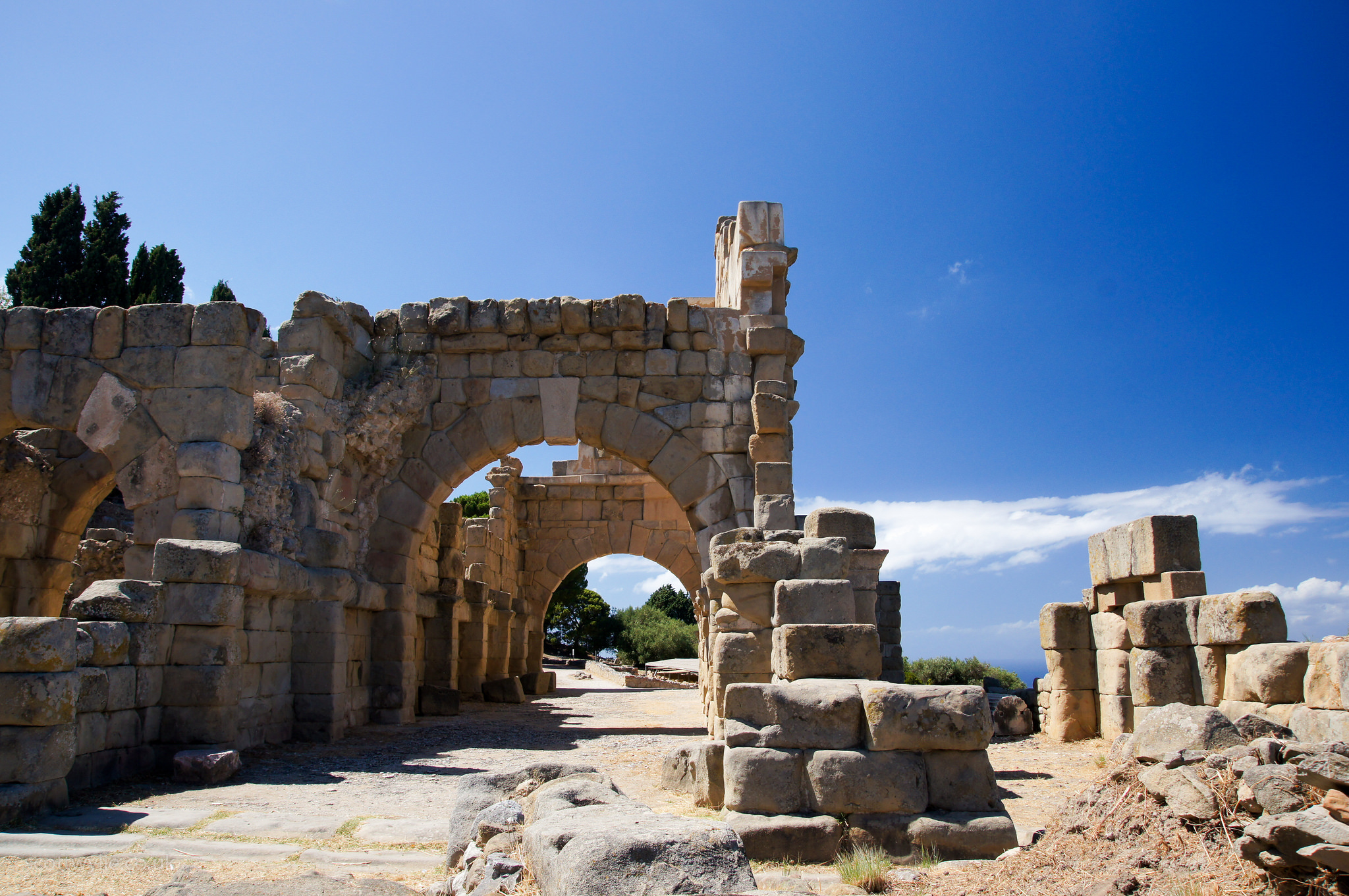


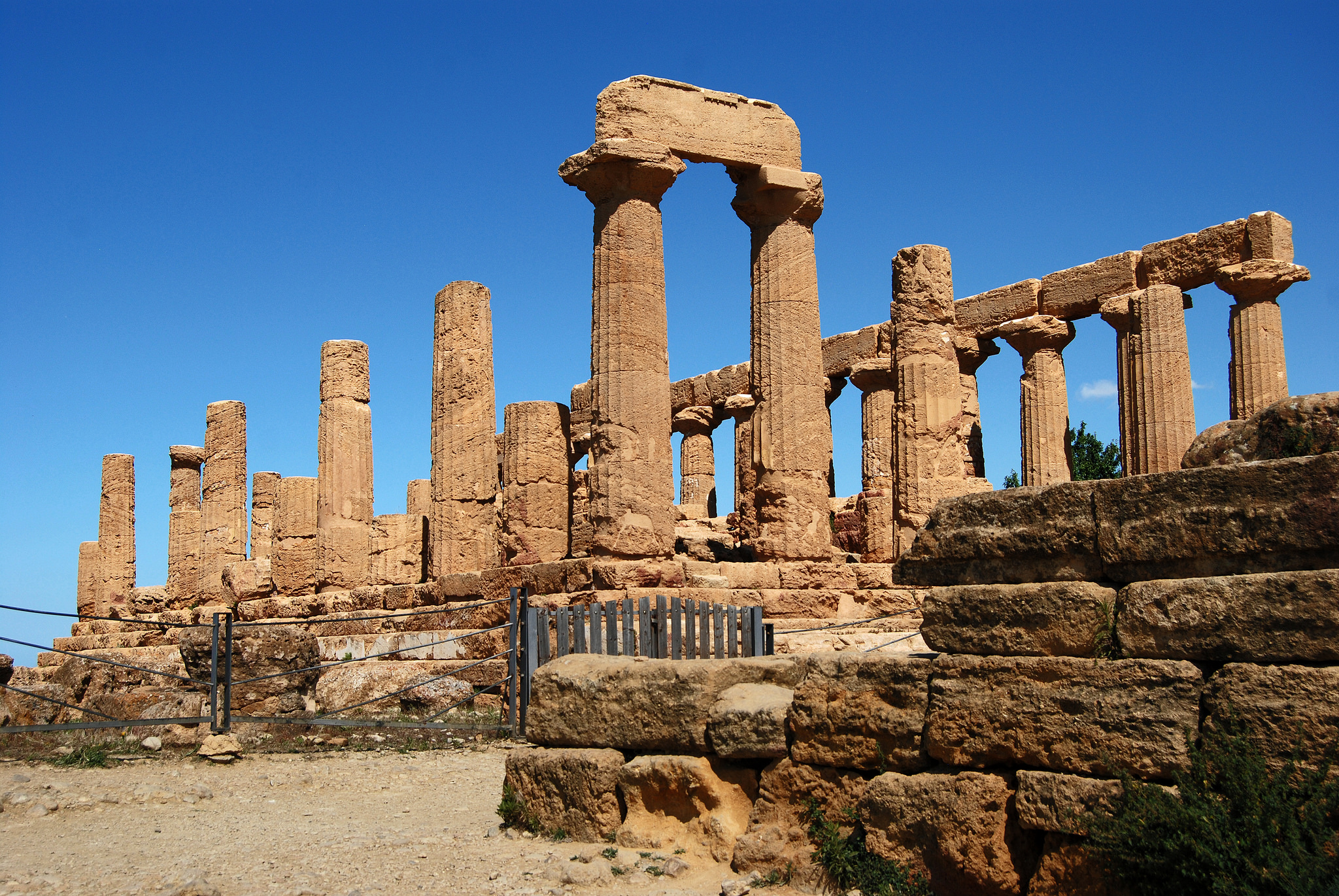

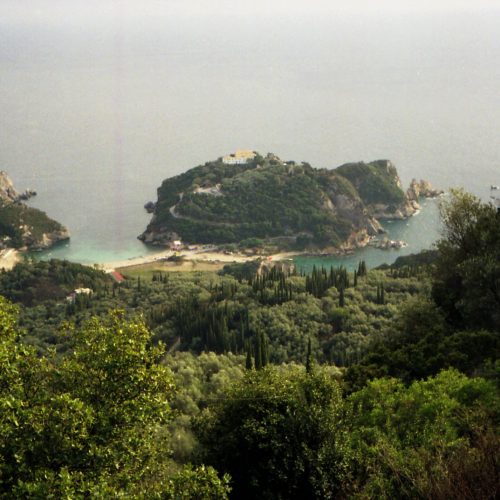
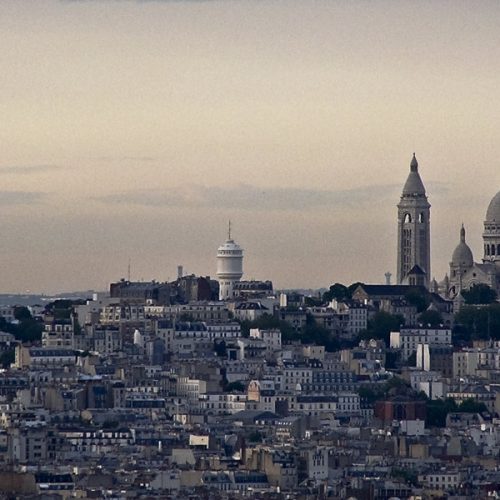
Reviews
There are no reviews yet.